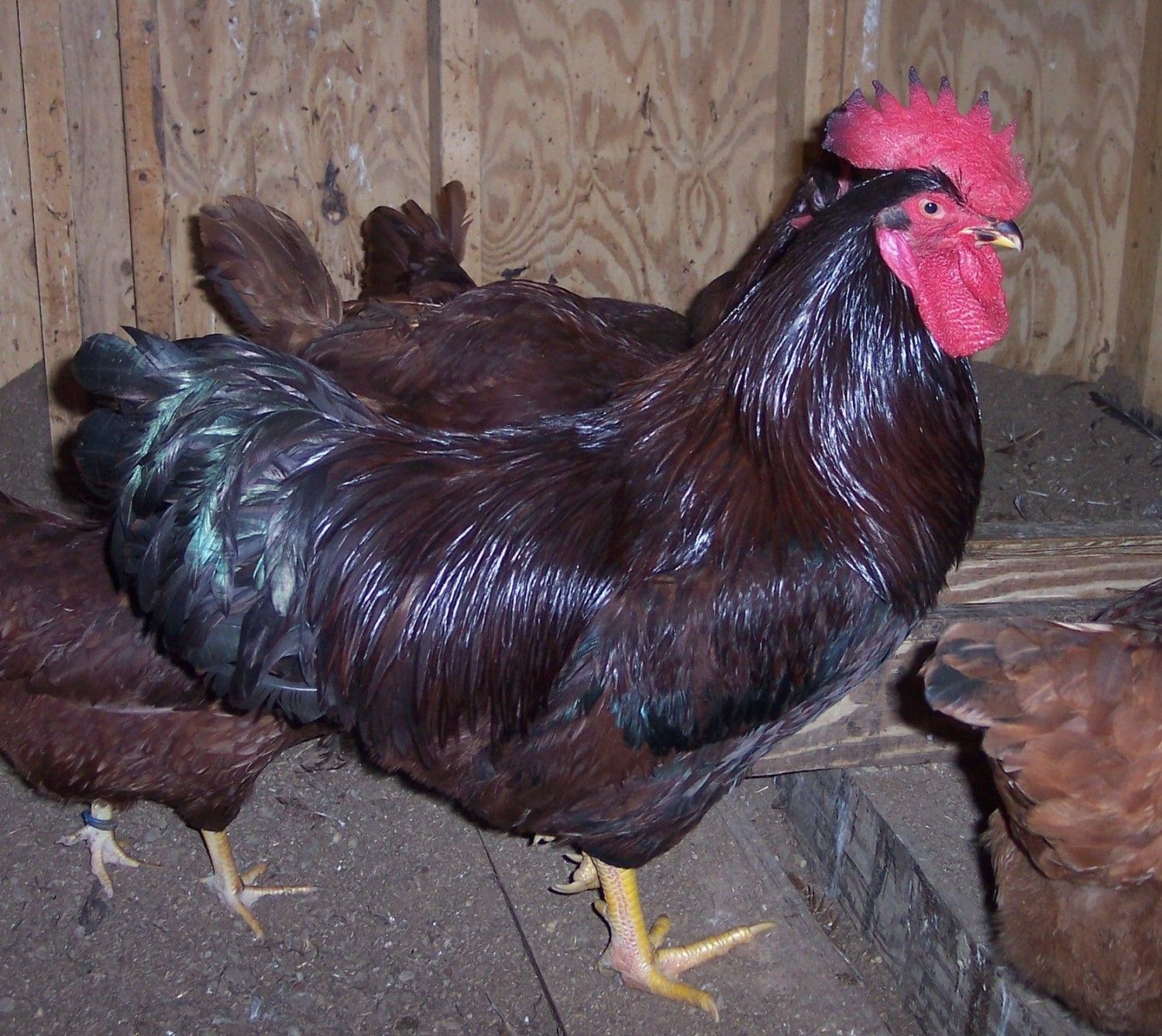hello~ this is just a simple question I have about breeding my chickens. Most of my chickens were from hatcherys except for just a few. Mainly Ideal Poultry Breeding Farms.
Yesterday I bought 13 heritage bred chickens, 8 RIRs and 4 delawares (all 13 are chicks) as well as an adult buff cochin rooster.
I'd like to breed heritage chickens, but I don't wanna sell all my 60+ hens to do it. I'm attached to them. Sooo, i'd like to breed them and through several generations say I have heritage chickens.
I would also love to know the APA standard for Rhode Island Reds, Americaunas, Delawares, and Barred Rocks and Buff cochins.
I know a lot about chickens, but next to nothing on breeding... so if anyone knows anything, i'd love to know!
Please excuse my mistakes in writing... I'll try and fix them later.it's kinda hard to wrie on a cell phone in a moving vehicle.
Yesterday I bought 13 heritage bred chickens, 8 RIRs and 4 delawares (all 13 are chicks) as well as an adult buff cochin rooster.
I'd like to breed heritage chickens, but I don't wanna sell all my 60+ hens to do it. I'm attached to them. Sooo, i'd like to breed them and through several generations say I have heritage chickens.
I would also love to know the APA standard for Rhode Island Reds, Americaunas, Delawares, and Barred Rocks and Buff cochins.
I know a lot about chickens, but next to nothing on breeding... so if anyone knows anything, i'd love to know!
Please excuse my mistakes in writing... I'll try and fix them later.it's kinda hard to wrie on a cell phone in a moving vehicle.





